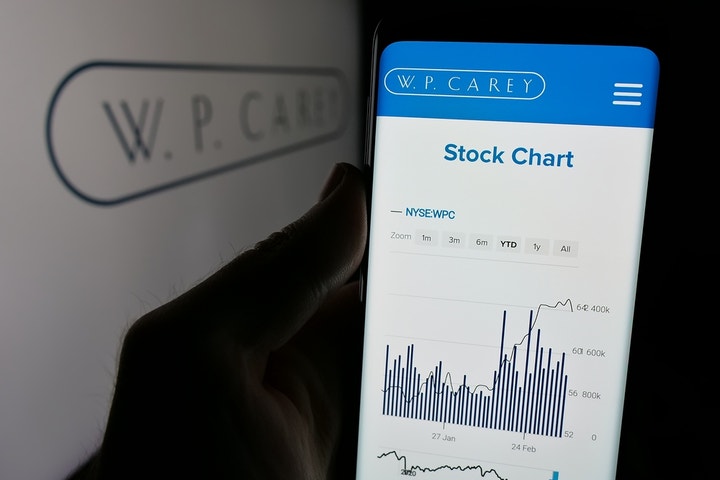Benzinga and Yahoo Finance LLC may earn commission or revenue on some items through the links below.
W. P. Carey (NYSE:WPC) ranks among the largest net lease REITs, which focuses on investing primarily in single-tenant, industrial, warehouse and retail properties in the U.S. and Europe, under long-term net leases with built-in rent.
The 52-week range of W. P. Carey stock price was $52.91 to $66.10.
W. P. Carey’s dividend yield is 5.65%. It paid $3.56 per share in dividends during the last 12 months.
Don’t Miss:
On Feb. 11, the company announced its Q4 2024 earnings, posting FFO of $1.21, compared to the consensus estimate of $1.19, and revenues of $403.65 million, compared to the consensus of $396.51 million, as reported by Benzinga.
“The fourth quarter concluded a pivotal year for W. P. Carey during which we successfully exited the office sector, setting the foundation for future growth,” said CEO Jason Fox. “We finished strongly with record investment volume for the quarter, and we’re well-positioned to capitalize on opportunities in 2025.”
The company provided its full-year 2025 guidance, expecting AFFO in the range of $4.82 to $4.92 per diluted share.
Check out this article by Benzinga for seven analysts’ insights on W. P. Carey.
Trending: BlackRock is calling 2025 the year of alternative assets. One firm from NYC has quietly built a group of 60,000+ investors who have all joined in on an alt asset class previously exclusive to billionaires like Bezos and Gates.
If you want to make $100 per month — $1,200 annually — from W. P. Carey dividends, your investment value needs to be approximately $21,239, which is around 337 shares at $63.03 each.
Understanding the dividend yield calculations: When making an estimate, you need two key variables — the desired annual income ($1,200) and the dividend yield (5.65% in this case). So, $1,200 / 0.0565 = $21,239 to generate an income of $100 per month.
You can calculate the dividend yield by dividing the annual dividend payments by the current price of the stock.
The dividend yield can change over time. This is the outcome of fluctuating stock prices and dividend payments on a rolling basis.




